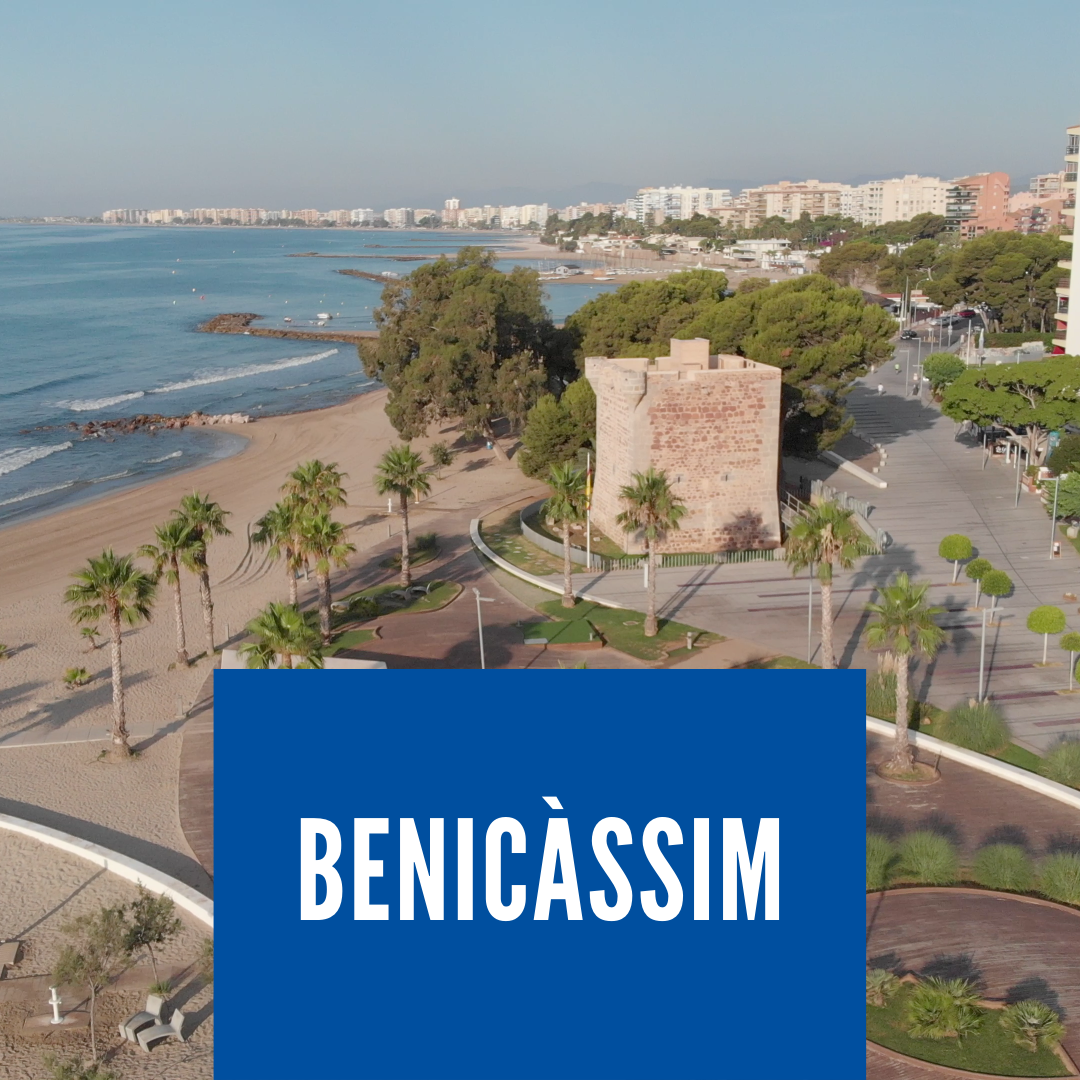PROVINCE OF CASTELLÓN
Castellón is the northernmost province in the Valencian CommunitY It is also the smallest in terms of both area and population However, it boasts a rich heritage
Perhaps due to not being too well-known, visitors are often surprised to come across historically significant episodes: Peñíscola, spectacular nowadays, is associated with the Western Schism Morella was an important stronghold during the Carlist Wars
Nature also gifts us with hundreds of kilometers of white, fine sandy beaches, interspersed with unspoiled coastal areas featuring secluded coves. An archipelago of volcanic origin, the Columbretes, or the longest navigable underground river in Europe, are part of the natural treasures of Castellón
Throughout the province, along the coastal area, there are extensive areas dedicated to orange cultivation, interspersed with well-known tourist destinations such as Benicàssim, Oropesa, Alcalà-Alcossebre, Torreblanca, Benicarló, Vinaròs, and the aforementioned Peñíscola
In the inland villages, you will recognize spaces filled with history and wisdom, such as San Mateo, Catí, or Benssal in the north Lucena, the Pearl of the Mountain; Villafamés, with its Museum of Contemporary Art and its millennial history; Montanejos with its tradition of health baths, await us in the central regions
To the south, inland, we enjoy the Sierra del Palancia, with Segorbe as the most important city
La Vall d’Uxó, Onda, Moncofar, Xilxes, Almenara, Vila-real, or Burriana are towns that contribute their names to interesting tourist and cultural offers.
The capital of the province is a friendly, welcoming city, open to the sea, culturally vibrant, and industrious economically Castellón boasts one of the newer cathedrals, with a bell tower owned by the municipality, and rich traditions carefully preserved by its inhabitants
Perhaps because it is less known, yes, but Castellón surprises the visitor Guaranteed





